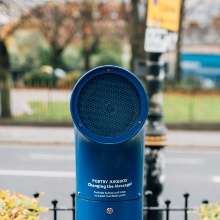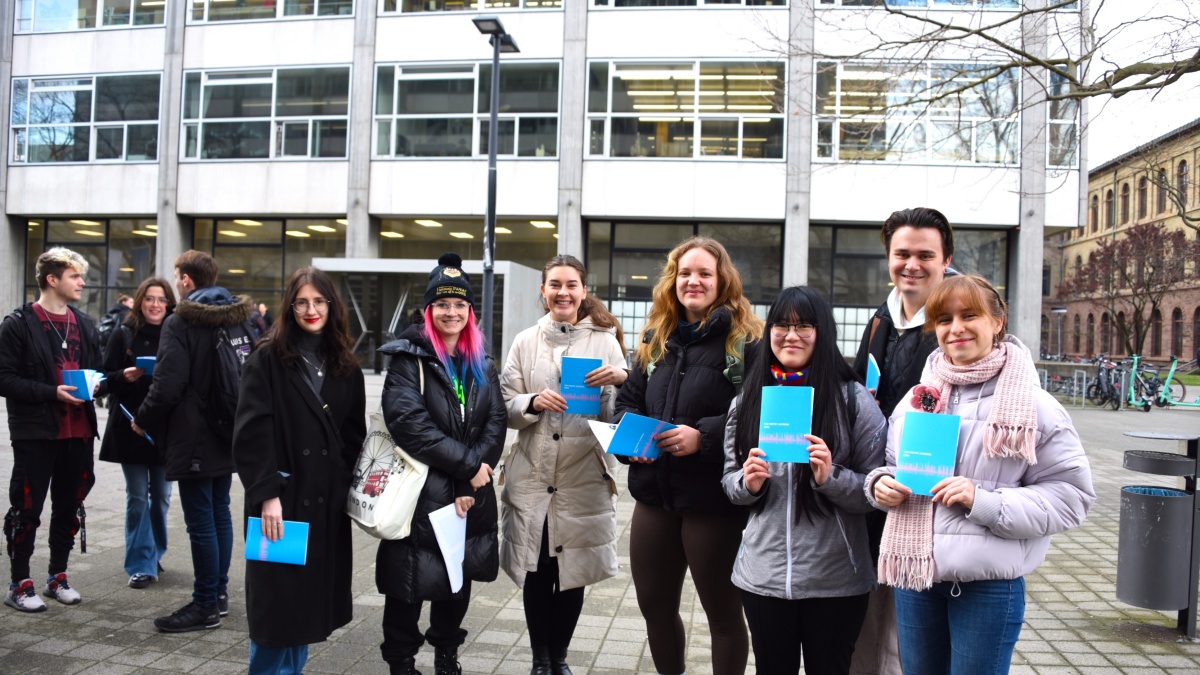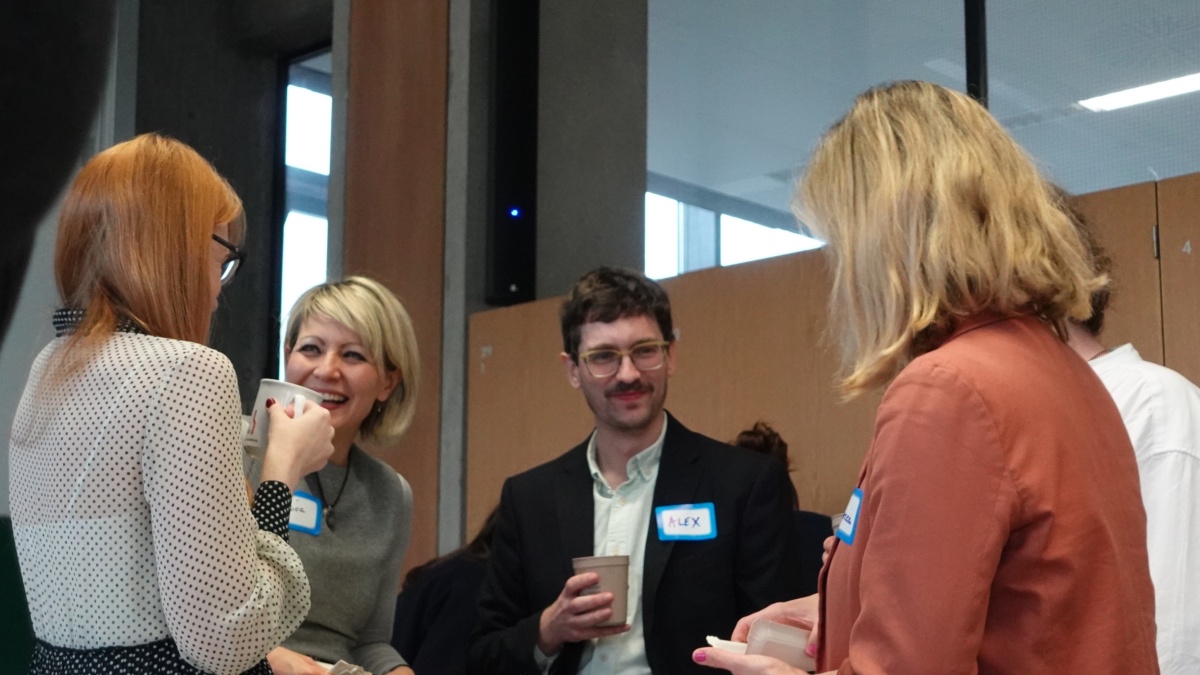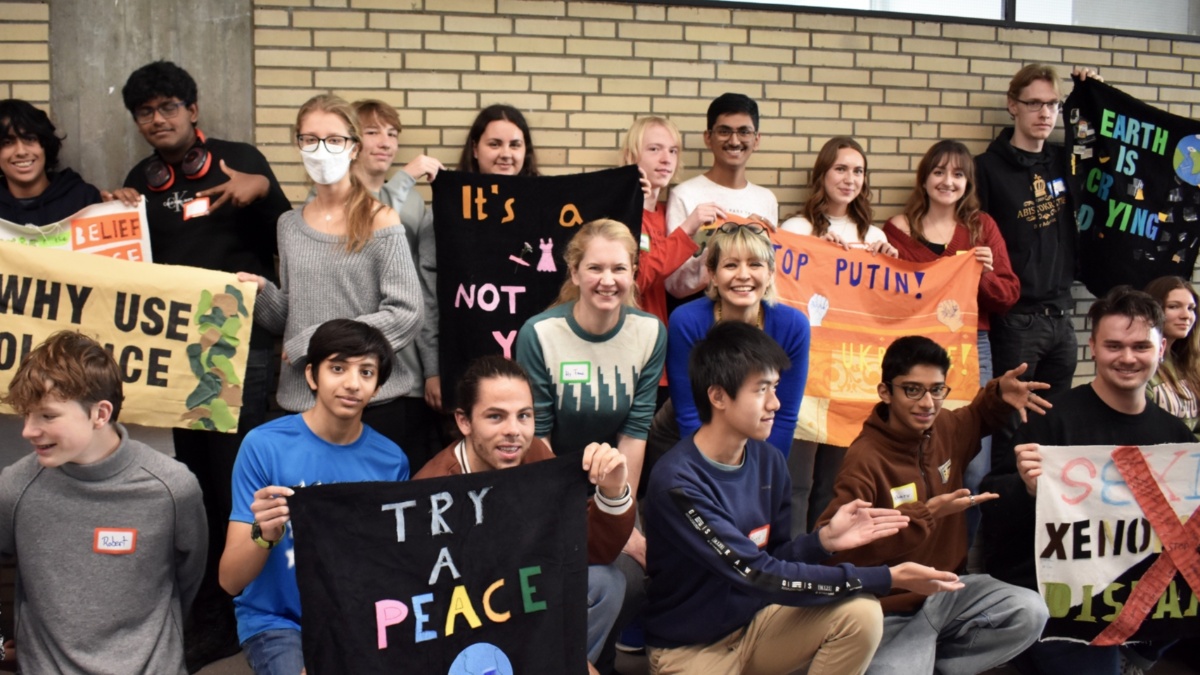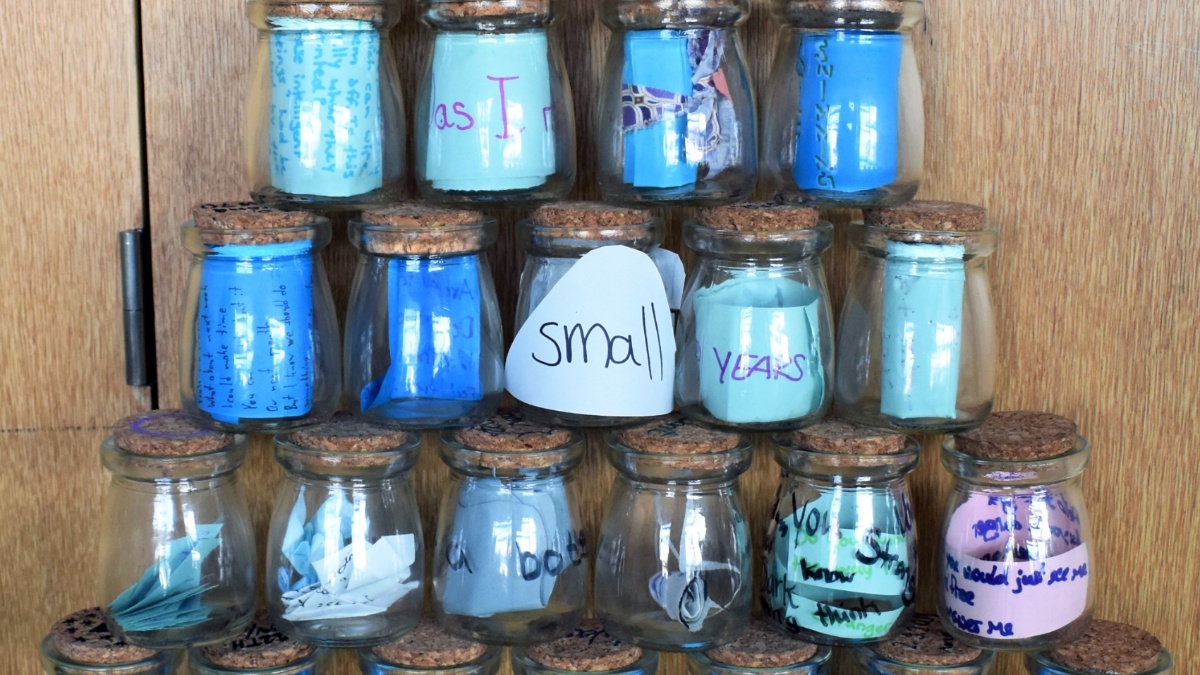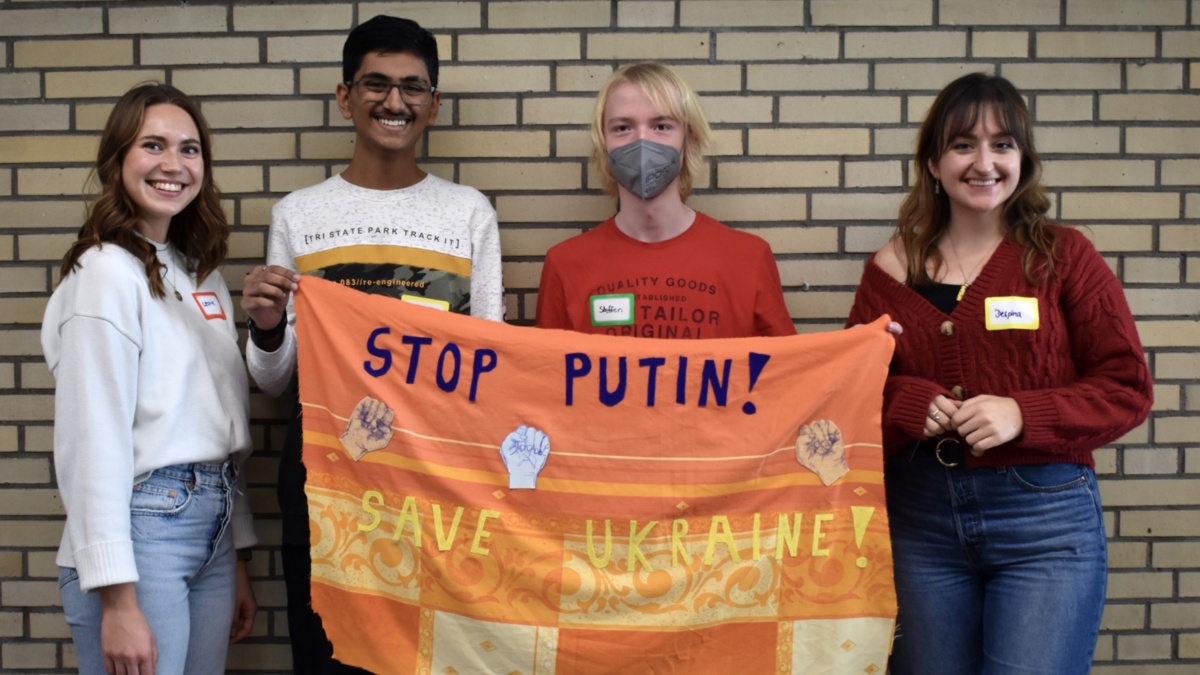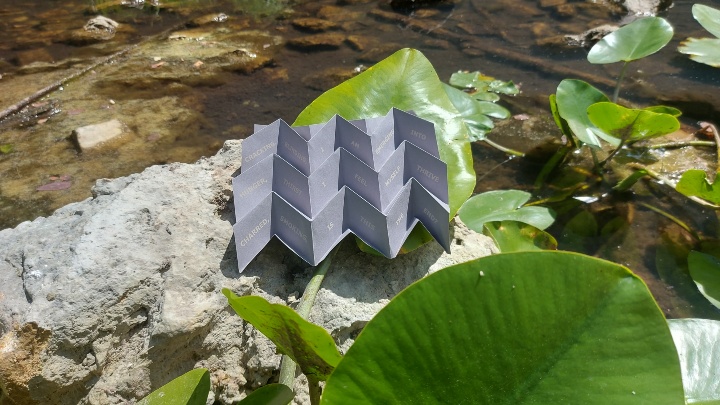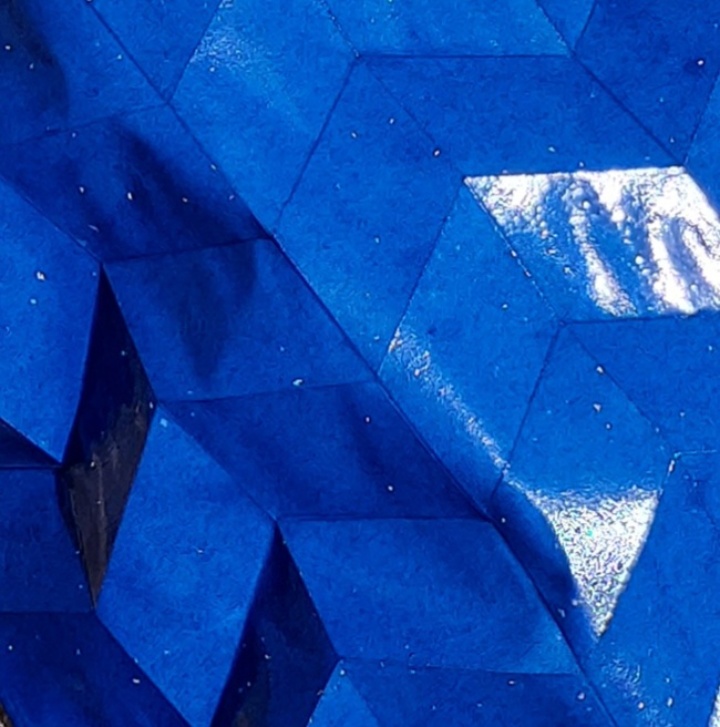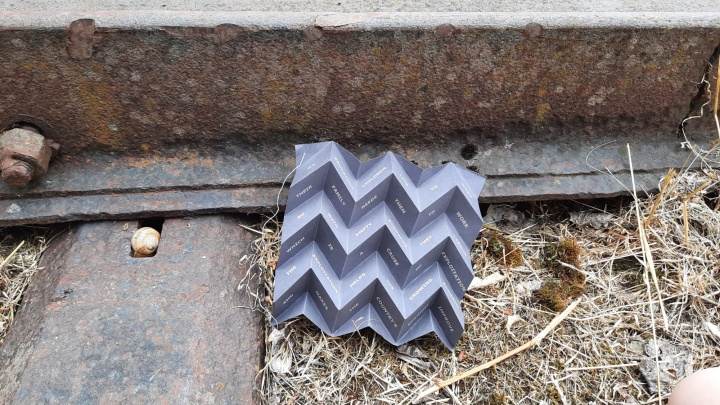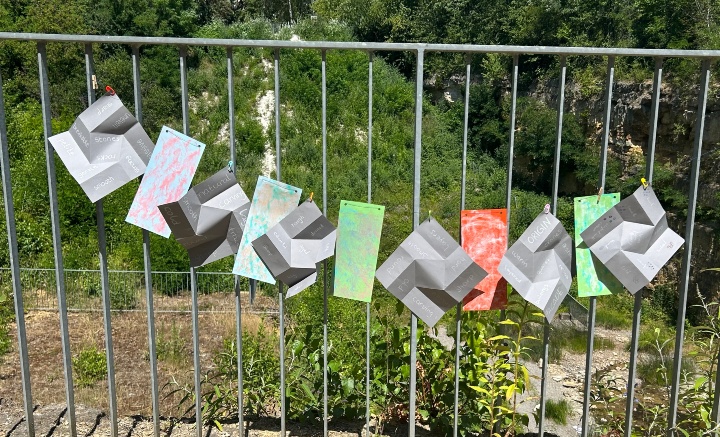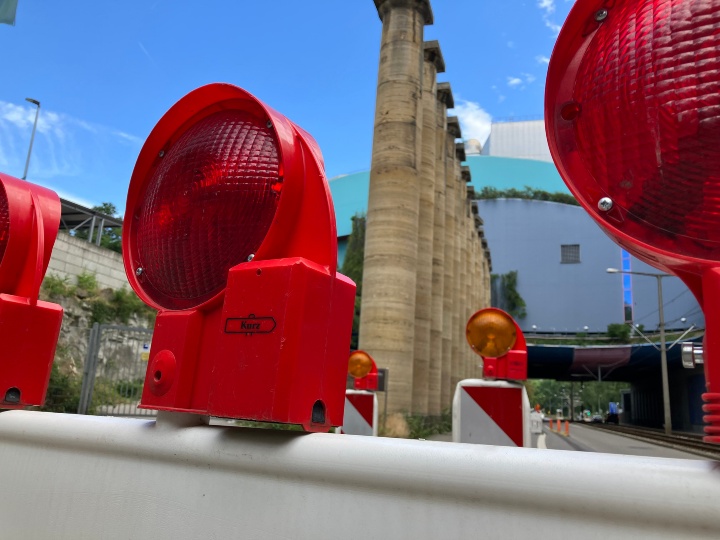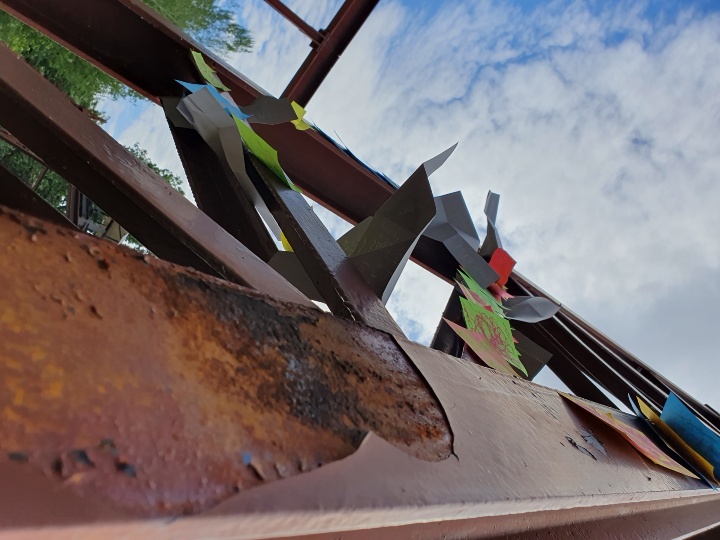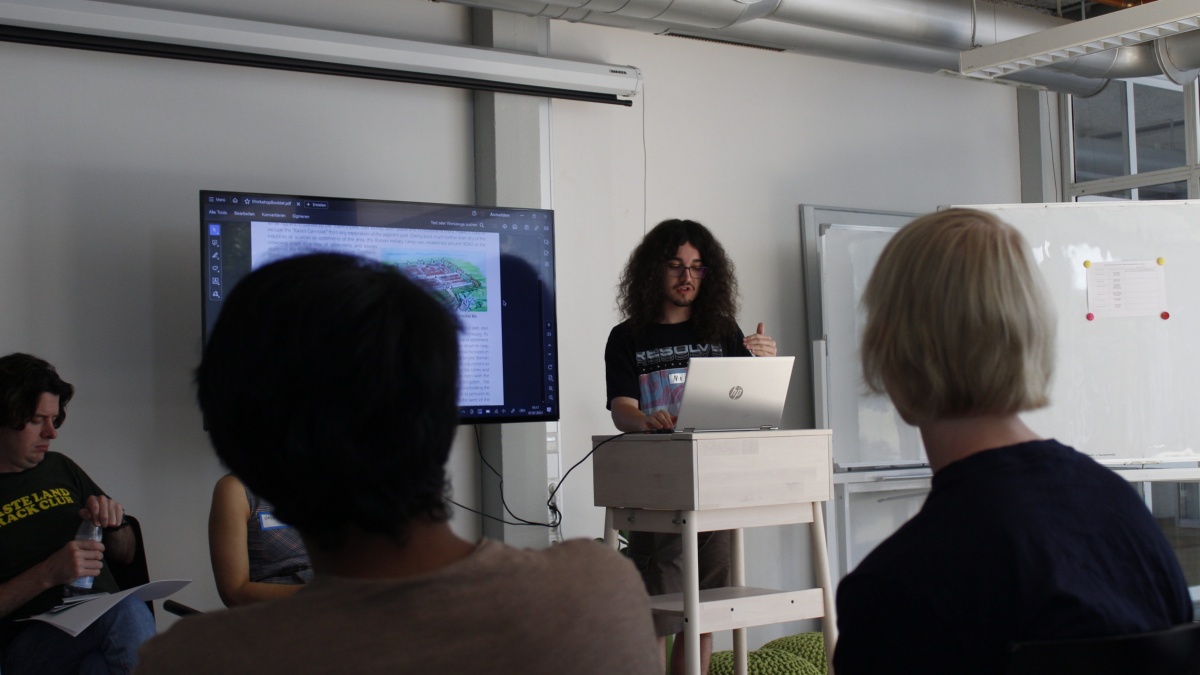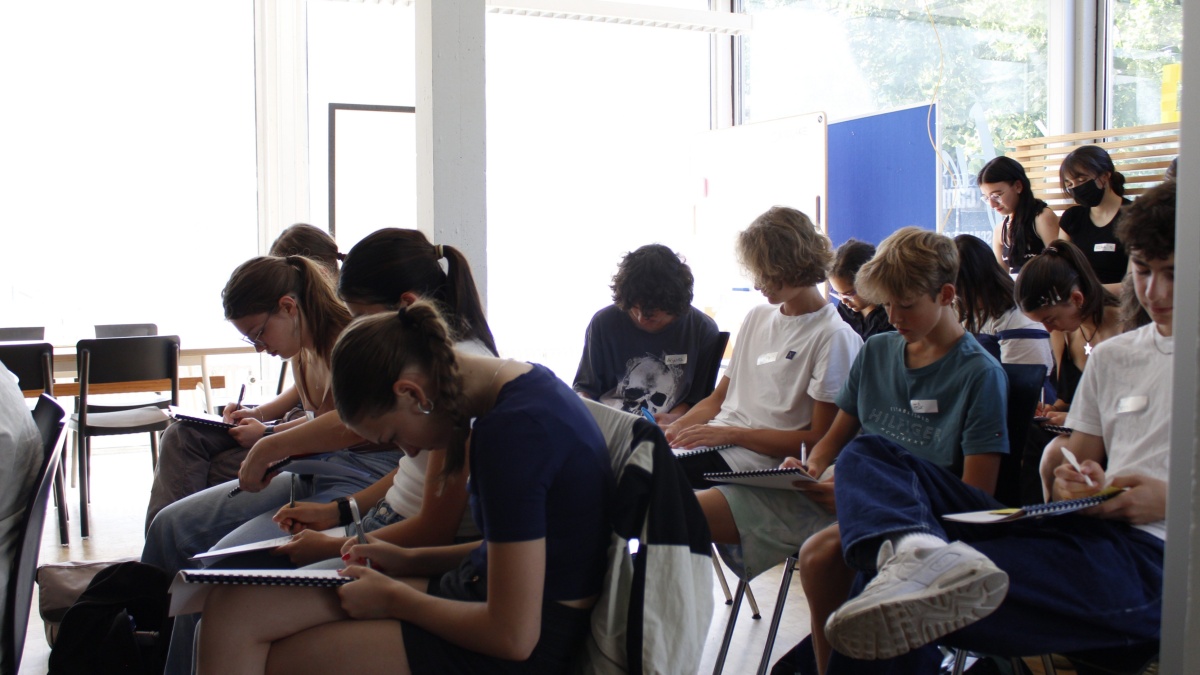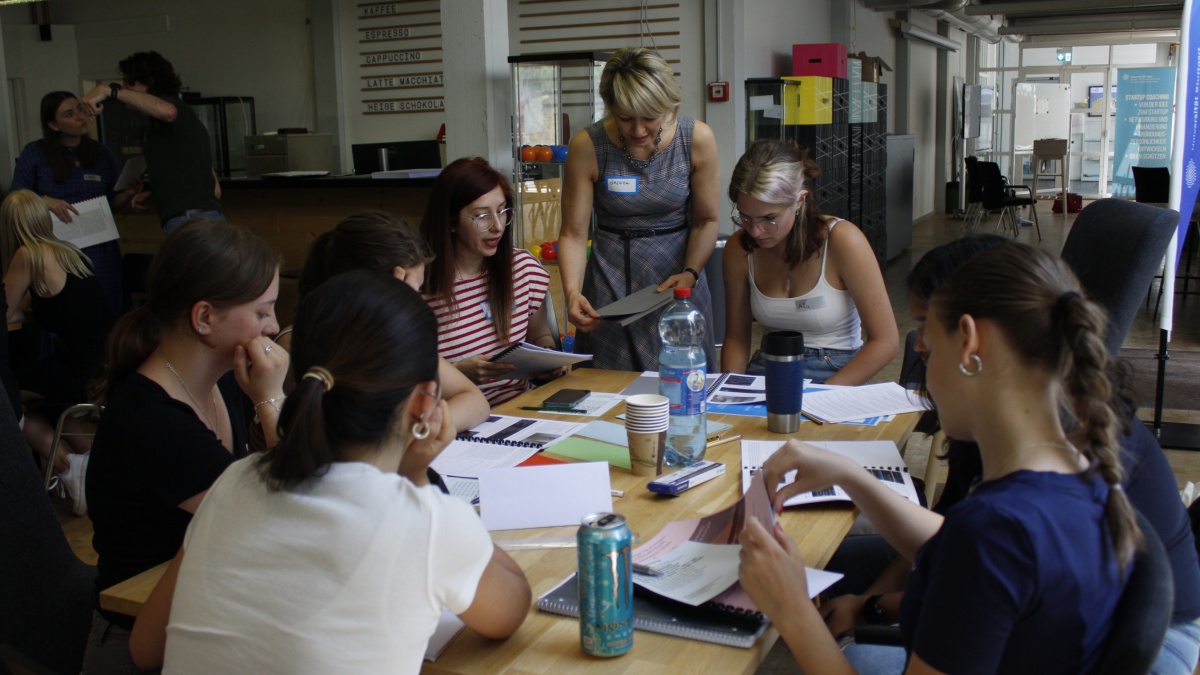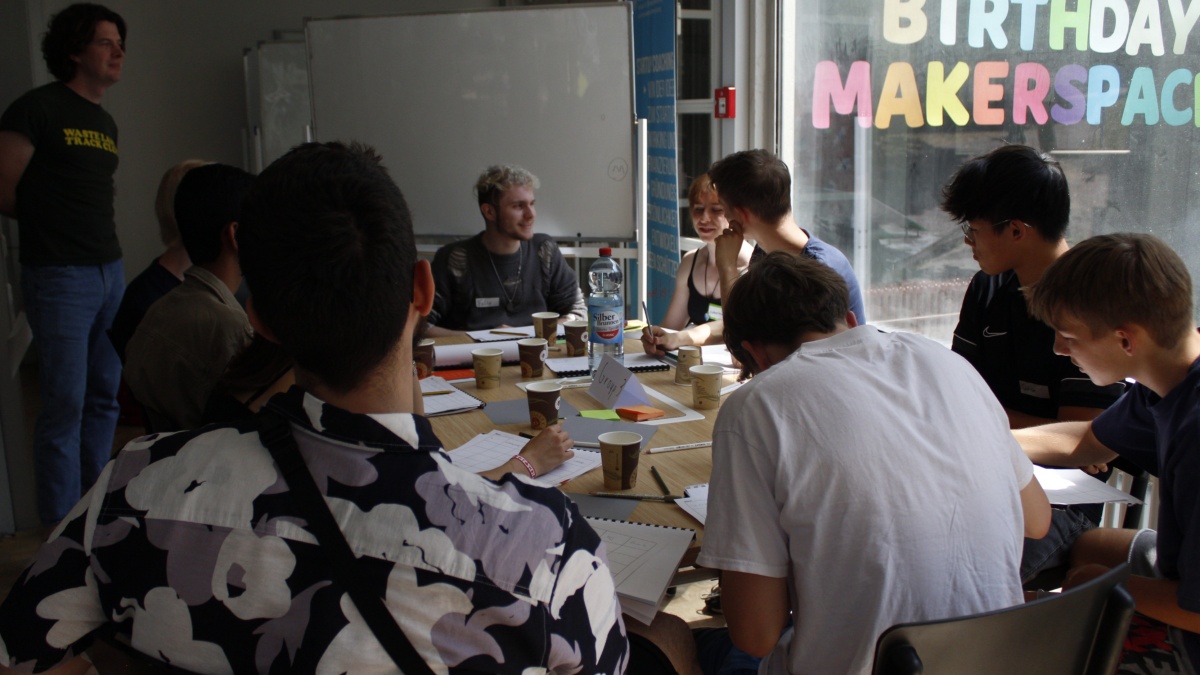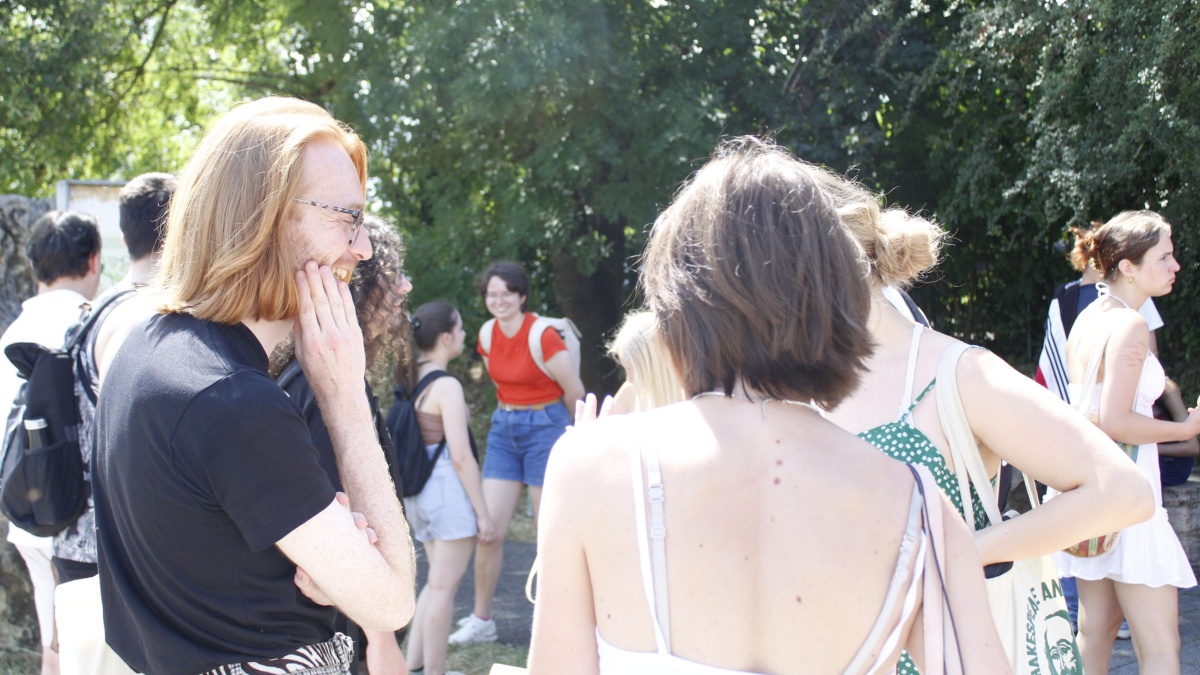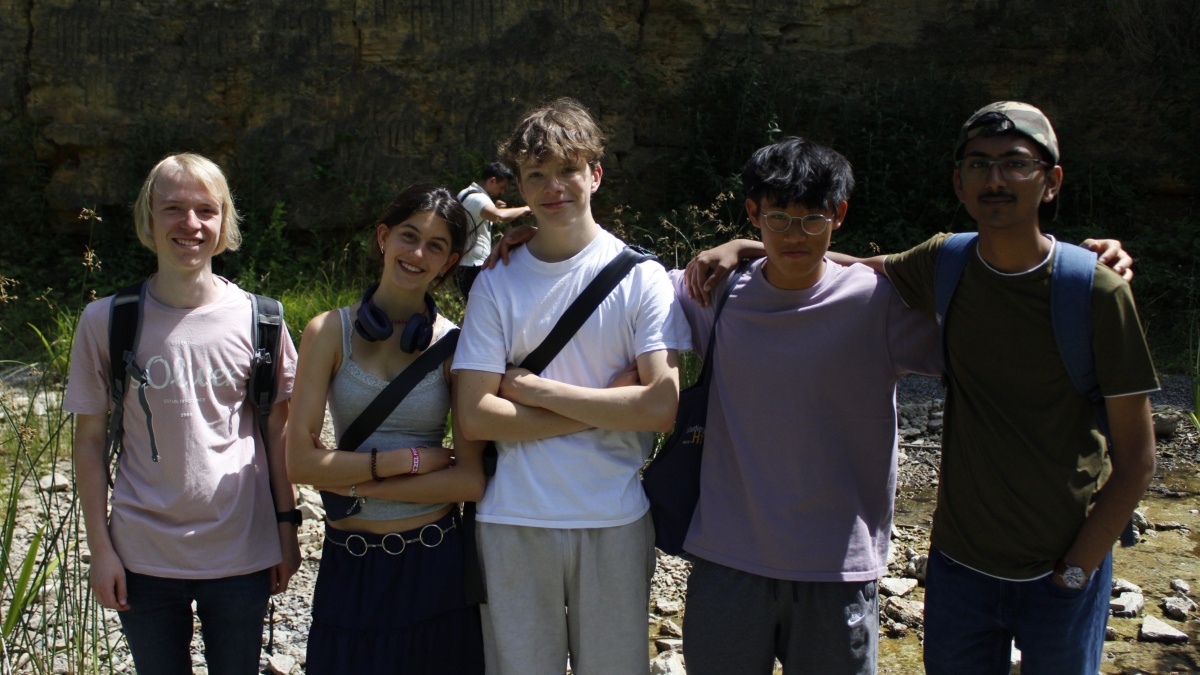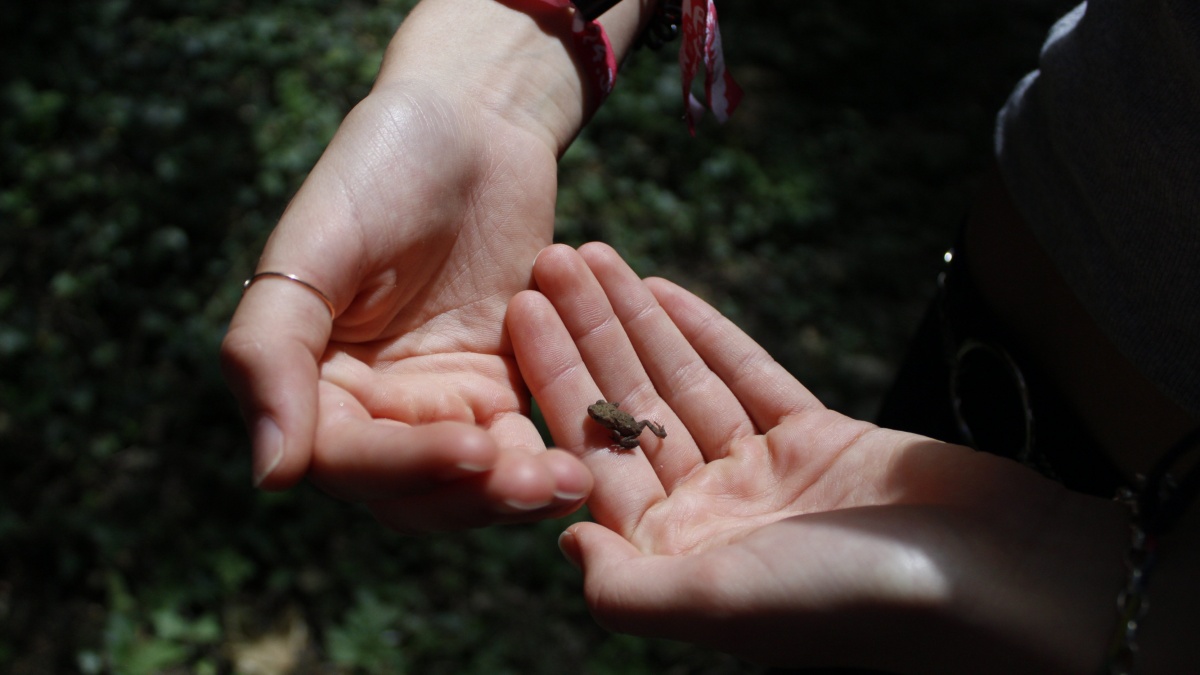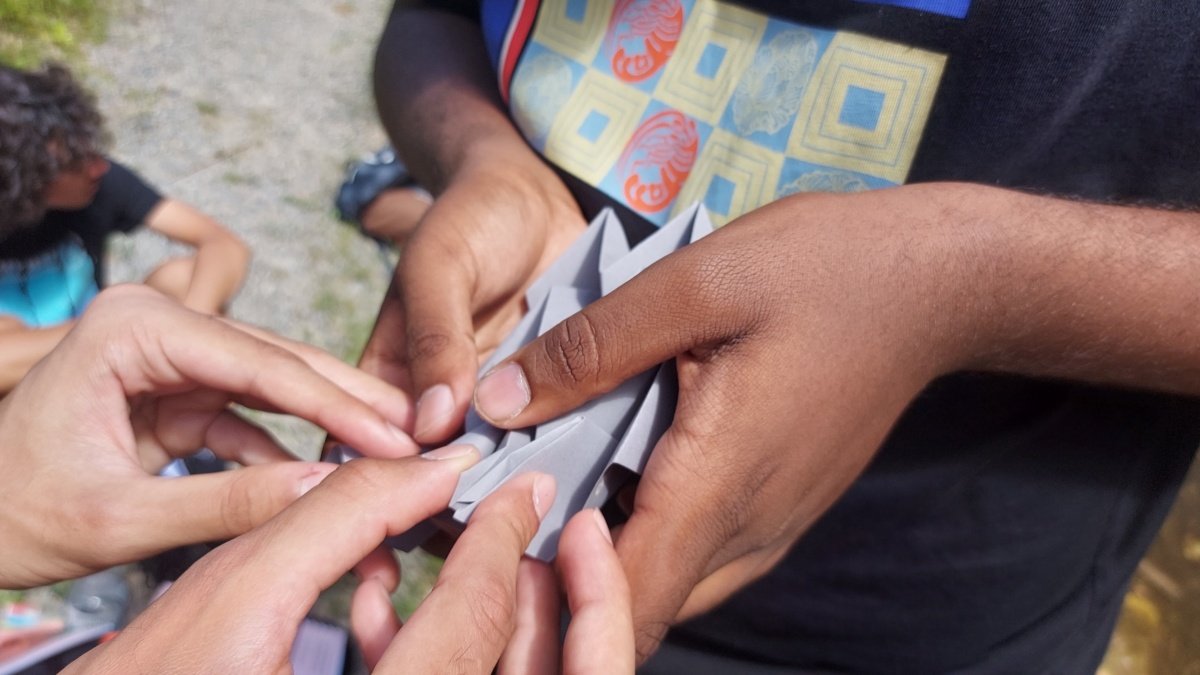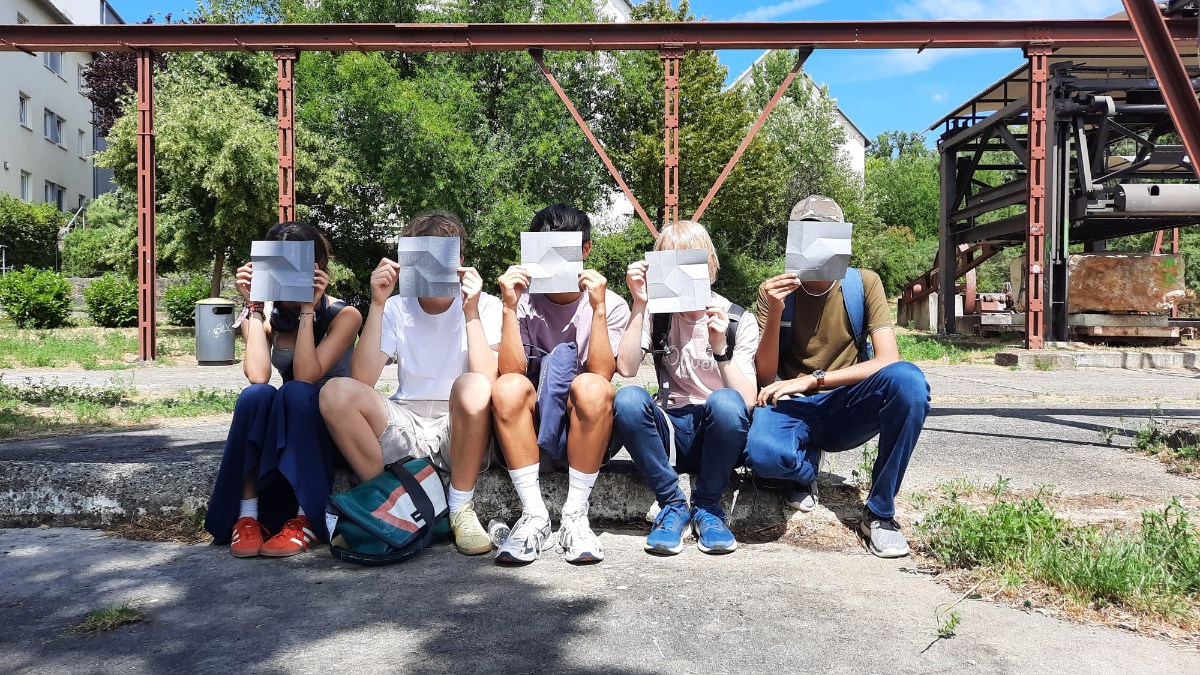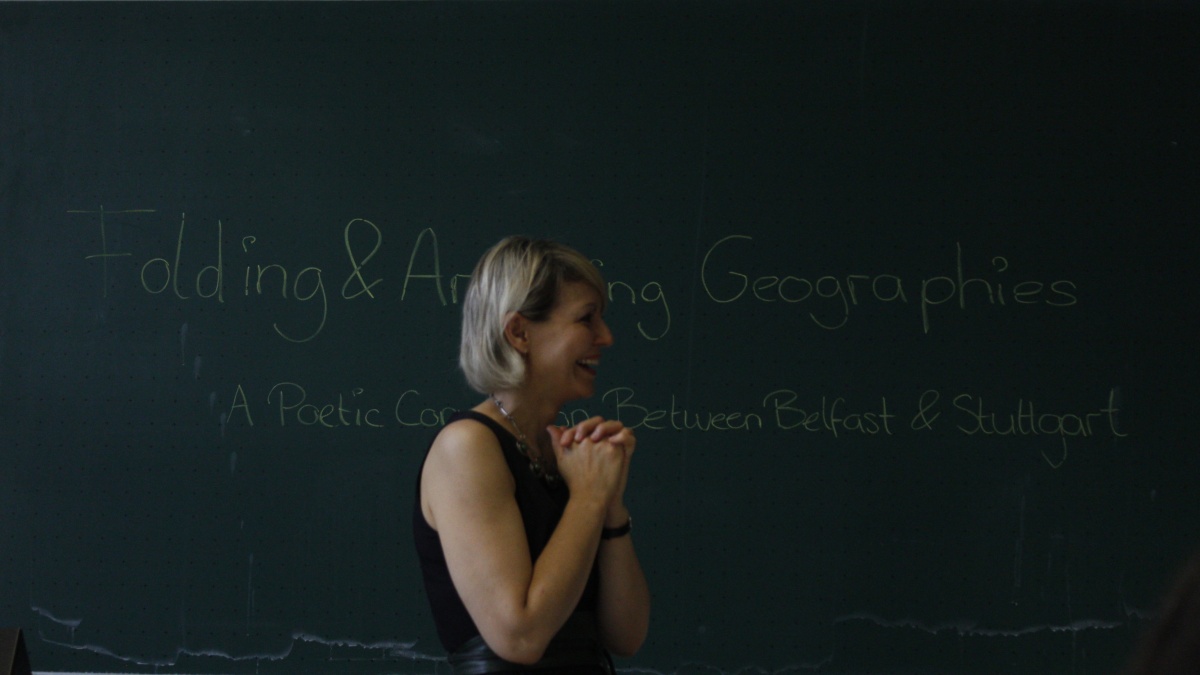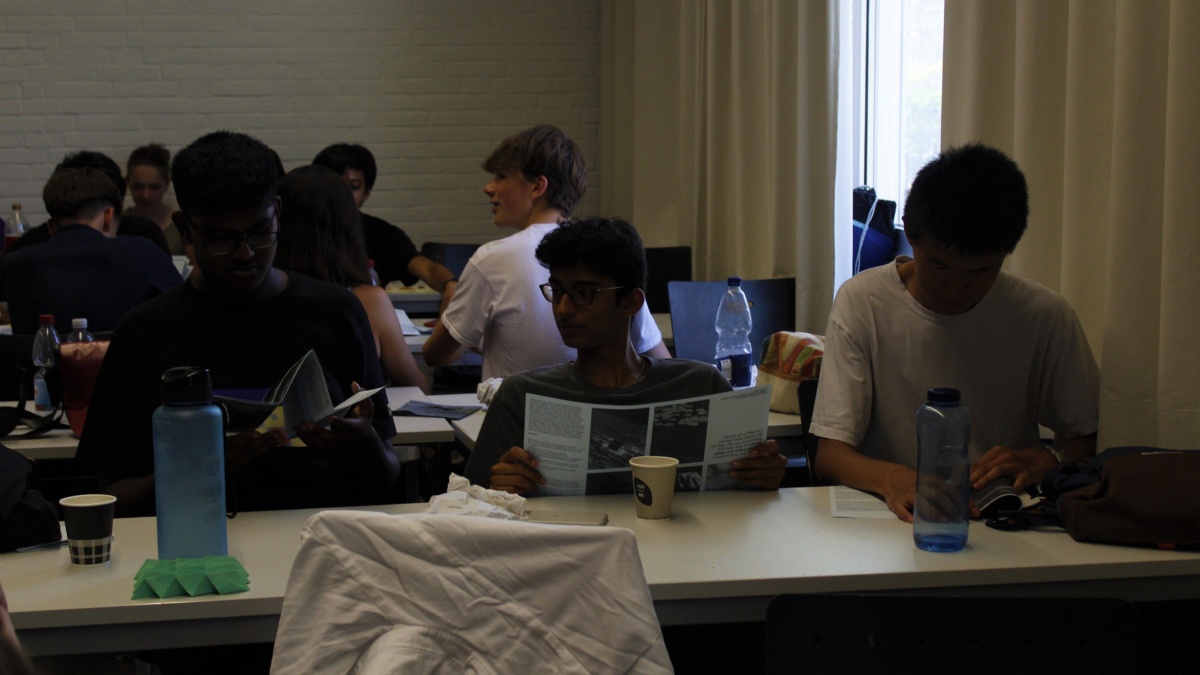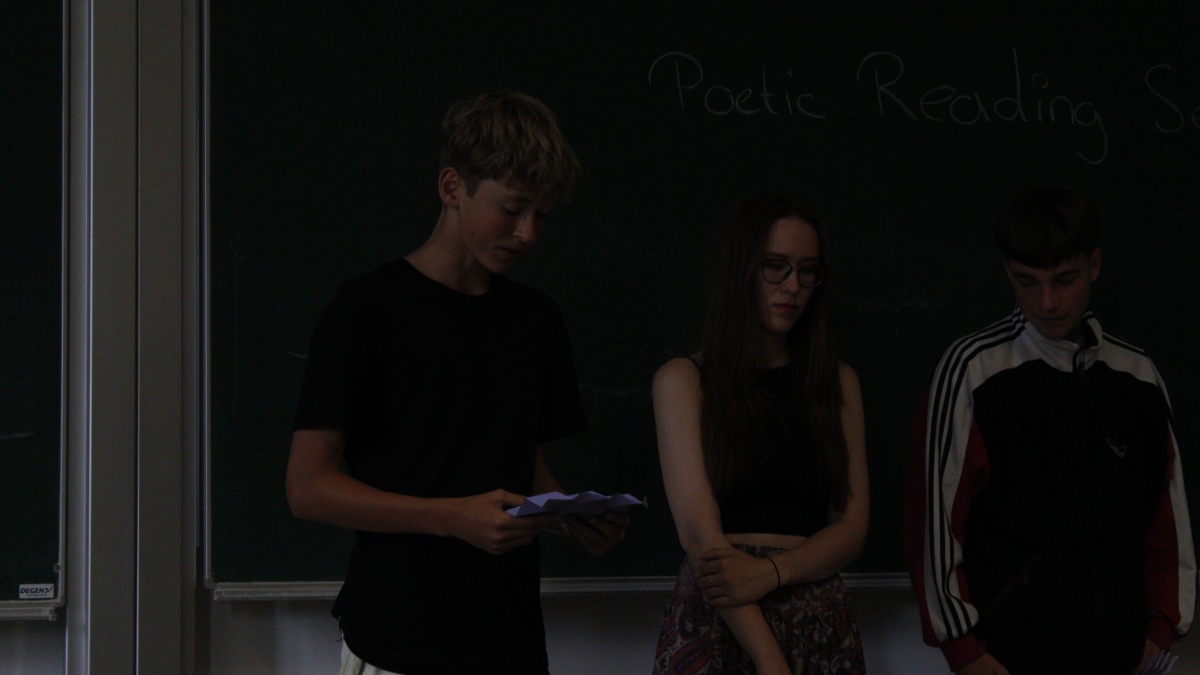SEASON 2: THE ECOLOGIES OF SOUND (2023-24)
Mission Statement
The goal of the Sensing Sound in Literature-Talents faculty project, based in the English Literatures and Cultures Department, is to challenge students with an auditory, intermedial engagement of poetic texts from Northern Ireland and Ireland through a radio broadcasting collaboration with HORADS 88,6, the hosting of a traveling Poetry Jukebox, and a performance of poetry on stage. We will approach the sense of sound as a unifying and democratizing force to mark the 25th anniversary of the Good Friday Agreement as an expansion of our 2022/23 School for Talents faculty project on the tactility of Irish literary texts.
Our target audience is composed of Anglistik students enrolled in seminars on ‘Ecologies of Sound: Poetry & Radio’ and ‘Performance Poetry’ (as mentors) and of year 9 Hölderlin-Gymnasium Stuttgart pupils (as mentees) led by their teacher Rebecca Mahle.
Timetable
| 28-29 June 2024 | Performance Poetry (with poets Jim Crickard and Daragh Fleming, and performance specialist Isabel Schmier) |
| 08 - 09 December 2023 | Making a Radio Program (with Scott McKendry, Alex Alonso, Helen Cullen, and Lion Oeding of HORADS) |
Poetry Jukebox Poets in Stuttgart
One of the exciting rewards of hosting six Poetry Jukebox poets in Stuttgart was the opportunity to bring together the poets and translators from the Ambiguities/Ambiguitäten Poetry Jukebox curation from Maria McManus’s Quotidian playlist. While in Stuttgart in April and May 2024, each of the six Irish poets met their translators, took a picture together, and read at one of the public events the poems pairs in English and German: 1. Paul Maddern/Nadja Hieber; 2. Linda McKenna/Selin Balikci and Aliena Horvath; 3. Scott McKendry/Danny Naumov; 4. Charles Lang/Elmedina Kolgeci; 5. Susannah Dickey/Sui Lung; and 6. Sacha White/Nina Günter. For the last two poets in the series in May, we memorialized these international exchanges with an interview. Thus, on 16 May, at the HORADS 88,6 broadcast studio at Hochschule der Medien, we conducted two interviews between poet and translator: Susannah Dickey and Sui Lung and Sacha White and Nina Günther, which will be broadcast on HORADS 28 May and 1 June 2024 and uploaded to the HORADS blog. This interview will also be archived on the School for Talents Faculty Project Sensing Sound in Liteature website in addition to a Soundcloud podcast for the Ambiguities/Ambiguitäten curation of the Poetry Jukebox, Ecologies of Sound.
18 April & 22 April & 7 May & 16 May: CULTURE IRELAND POETRY JUKEBOX SERIES OF VISITING POET LECTURES
Six visiting poets who feature on the Ambiguities Curation of the Poetry Jukebox came in April and May to Universität Stuttgart from Ireland the UK to speak in six different English Literatures and Cultures seminars; these guest lectures and workshops were underwritten with an additional grant from the Program for Art in Public Spaces from the City of Stuttgart: Paul Maddern: ‘Poetry: The Valleys of its Making’; Linda McKenna: ‘Making Maps for Where the Lost Might Be’; Scott McKendry: ‘Eejit Grammatology’; Charles Lang: ‘Poetry Beyond the Stage’; Sacha White: ‘Auden’s “Miss Gee” & Writing Ballads’; Susannah Dickey: ‘The Poetry of Dialogue: Character, Conflict & Closeness.’
19 April & 17 May 2024: UNI & SCHULE POETRY JUKEBOX OUTREACH WORKSHOPS
Five visiting poets offered outreach open workshops to pupils from five different Gymnasium; each pupil received a printed booklet including all of the poems in English and the translations in German and they were encouraged to write creative exercise like: ‘Describe to a stranger 100 years in the future an object, phenomenon, animal, mode, or expression that no longer exists at the moment of being read in May 2124. Find a way to communicate with a reader who has no familiarity with your subject matter: put yourself in this stranger’s mindset of encountering the object for the first time, so that you, too, witness your object with fresh eyes; capture your object’s lovely strangeness, perhaps via metaphor, making new connections to other objects. And consider how language might function differently in the future, how it might compresses grammatical variety or employ compound nouns or adjectives more frequently.’
Zeitgeist Ireland 24: Translated Poem Recordings Online
One hundred years after the partitioning of Ireland and the creation of Northern Ireland as a separate state, twenty contemporary Irish and international poets project their visions of this troubled place, one hundred years into the future. They follow a noble tradition that can be traced back to the Bards of the ancient Irish courts, where poets were revered, feared even, as prophets and tellers of truth. These poems express the contradictory, often ambiguous, versions of ‘the truth’ or ‘the narrative’ that live cheek by jowl, firmly held, oppositional, adamantly defended. To enhance a sense of linguistic hospitality and ambiguity, these poems have been translated into German and Ukrainian for Zeitgeist Ireland 24, a season of Irish arts and culture in Germany throughout 2024.
To hear the translations from the Maria McManus' Quotidian curation of Ambiguities, visit the Soundcloud playlist. You can also find the original poems in English here.
The Poetry Jukebox in Stuttgart
As part of Zeitgeist Irland 24, a season of Irish arts and culture in Germany throughout 2024, an initiative from Culture Ireland and the Embassy of Ireland, Germany in Berlin, the department of English Literatures and Cultures at the University of Stuttgart is excited to host a bilingual Poetry Jukebox from January through May 2024!
The Poetry Jukebox is situated on the downtown campus of the University of Stuttgart, at Keplerstrasse 17, 70174 Stuttgart, between the two main college buildings (Kollegiengebäude), KI and KII. [See photo below].
As part of Sensing Sound in Literature, a faculty project supported by the School for Talents, community outreach is a vital component of the Poetry Jukebox, a public arts project available 24/7. As such, it is designed to break down barriers and expand the reach of literature. To reinforce this objective, Jessica Bundschuh invites Gymnasium classes in spring 2024 to attend a brief introduction workshop outside, in front of the Poetry Jukebox itself, as part of the ‘Uni und Schule’ program.
This bilingual Poetry Jukebox – having come to Stuttgart by way of Belfast – is devoted to fostering a dynamic, auditory, and immersive connection to Irish and Northern Irish literary texts. Through the non-profit arts organisation Quotidian, Belfast poet Maria McManus, Artistic Director and founder of Quotidian, commissioned and curated ‘Ambiguities’ by tasking twenty poets from Ireland and Northern Ireland to project their vision 100 years into the future, while embedded in the context of a turbulent present of the centenary of Irish partition, the climate crisis, and other social upheavals. Launched in autumn 2022 in Paris at the Centre Culturel Irlandais and in Belfast as part of the Belfast International Arts Festival supported by Arts Council, the Poetry Jukebox project arises out of a partnership with Poetry Ireland.
The twenty poems in the ‘Ambiguities’ Poetry Jukebox playlist (the English and Irish audio can be heard on SoundCloud) have been translated and recorded by Anglistik students from the University of Stuttgart enrolled in Jessica Bundschuh’s winter semester 2023/24 seminar ‘Ecologies of Sound: Poetry and Radio.’ These translations appear (in audio form) in German (with one poem in Ukrainian), alongside the original audio in English and Irish to reinforce the translational focus of the ‘Ireland in Germany 2024’ initiative.
Making A Radio Program
International Collaborations
UCD Poetry Wall
SEASON 1: THE TACTILITY OF LITERATURE (2022-2023)
Mission statement
‘Navigating Change: New Solutions’
As an outreach event inspired by our Sensing Literature-Talents Faculty Project, we participated in the kick-off event for the new group of participating students in the School for Talents ‘Navigating Change: New Solutions’ 2023 program. For a group of students from a variety of faculties – from engineering, to the humanities and the sciences – we listened to the ode from John Keats, “To Autumn,” with a focus on how Keats activates the senses and conjures up an ecosystem within the poetic frame.
Then, the students broke into interdisciplinary groups and built their own micro-ecosystems out of plants and materials that the School for Talents team had procured for this very workshop! Above all, they got their hands in the soil and engaged with the materials on a tactile level. The resulting spaces were functional and they responded to a specific ecological crisis, while activating as many senses as possible. Ultimately, each group wrote a poetic text to encourage visitors to dwell in what they had created: a three-dimensional poem. Like Keats, they chose a season and a name for their ecosystem. And many incorporated snippets of Keats’s language in their tactile system of change!
Gallery of Micro-Ecosystems
FOLDING & ARCHIVING GEOGRAPHIES: A Poetic Conversation Between Belfast & Stuttgart
In early July 2023, the contributions of over 50 students, instructors, and poets (Padraig Regan, Manuela Moser, and Stephen Connolly) collided with the insights and expertise gained from two semesters dedicated to examinations of poetry and literature of touch to culminate in a two-day workshop devoted to a poetic exploration and archiving of a public space: the Travertinpark in Stuttgart-Bad Cannstatt. The workshop’s goal was to become keenly receptive to the sense of touch, a sense often drowned out by the sensory impressions of our more prevalent interfaces with the world, like seeing or hearing. Documented below are the efforts of each of the six teams in unearthing and archiving a select period of the park’s long and varied history as a space or place, making its skin palpable even from a distance and reaching beneath it to reveal where past and present still abut today. This project collaborated directly with the Makerspace under the direction of Sannah König.
The Travertinpark’s eponymous sediments predate humans and, therefore, history by myriads of years. Yet, even in the absence of culture, nature has found its own ways of becoming the historian, preserving tales and remains of prehistoric flora and fauna until human accounts incorporated these archival shards into their own timeline. These shards prove the flourishing and recurring relevance of this location long before parks, forts, or quarries began to lean on the space of today’s park and invite stories and thought experiments not just about the absence of human intervention, but about a space assembling, breathing, and breaking – creating an ecological “I” where more conventional storytellers are absent – according to its own rules that are seemingly more endurant and resilient than the many stories we have later layered on top.
The spaces of and adjacent to the Travertinpark have first undergone human re-sculpturing in antiquity as part of the outermost reaches of the Roman empire, establishing both military and – outlasting the former by centuries – civilian settlements. While many walks of life, including our prehistoric ancestors, had already utilized these grounds, antiquity marks a human arrival that not only fundamentally reshaped the appearance of this space beyond what nature had previously drawn up, but also sees a collective ‘claiming’ this space as their own, both attempting to exert control over it and establishing an irreversible link of reciprocal belonging and importance that formally demarcates the prehistoric shaping of this space from a fickle and rapidly evolving human history that has been unfolding and can be retraced since.
While human development – and thereby, history – has continually sped up correlative to our technological expertise, it was not until, considering the timescale of this park’s history, yesterday that this technological, auditory, social, and historic silence has been broken. In the 19th century, the here examined space has given way to train tracks, manufactories, and production plants that, while only very few remain, have left their scars in the now renaturalized skin of the park. That is, sudden changes in vegetation or unnatural and brittle rock ledges make unseen stories of exploitation – both human and nature – visible and invite an exploration of a modernity gone by, of a stepping stone in our past that has fallen into disrepair. This ‘chapter,’ maybe more so than others, challenges the link between remembrance and reparation and makes for an excellent window into the many parallel pasts of the park.
If Roman fortifications have left imprints in the skin of the Travertinpark and Württembergian train tracks added scars and bruises, the gaping wounds arrived alongside the quarries of the 20th century intent on harvesting and commercializing the unusual and resilient rock – travertine – that had been a dormant fundament for half a million years. While this epoch certainly marks an escalation in the re-sculpturing of the park’s space, it also sees its history take on a global scale: The rock is exported and incorporated into buildings across Germany, but in select cases even made it as far as the Netherlands or Argentina, carrying its historical imprints across many borders and linking distant spaces to a very local history. Thus, both the still visible absence of travertine as well its displaced present otherwhere become contact points for stories inexorably linked to the rich past and present of the Travertinpark.
Alongside the many layers and indices of the park’s past, a rather paradoxical sight can be encountered not far from it: Surrounded on most sides by the steel coffin of a power plant serving a sizeable portion of Stuttgart, a road rushes past an array of 14 travertine pillars, each of them 15 meters in height and 90 tons in weight. Nazi architects had intended for this neoclassical piece of architecture to be moved to Berlin and become part of a monument dedicated to Mussolini – only for the pillars never to be picked up and the monument never to be built. Instead, they now serve as manifold reminders of our pasts: The hay day of the travertine quarries, the megalomaniacal nazi rule, and the plentitude of changes this area has undergone since as it sought to keep up with a present marching on. The pillars, at the center of this, serve as the most visible time capsule in the vicinity and, in dwarfing us, but being dwarfed by their surroundings, provide us with a scale for both time and space.
In the face of all of its past industrial and military use, it may not naturally follow that the Travertinpark now has become what it is – a park, renaturalized alongside the gentrification of the adjacent district throughout the last decade. Yet, in an effort to preserve both nature and history, the park, interspersed with info stelae and remnants of industrial machinery, has become a walk-in memorial of its various past purposes and an approximation of nature, of what might have been, had the humans not been. Even now, the space keeps evolving as structures fall into disrepair and the overgrowth reclaims paths, as info posts are vandalized and empty bottles lie around. While the present will probably always sustain the impression to be situated at the ‘end of history,’ this park, more than most urban spaces, highlights that, if there even may be an end, we have most probably not reached it yet.

Jessica Bundschuh
Dr.Wissenschaftliche Mitarbeiterin


